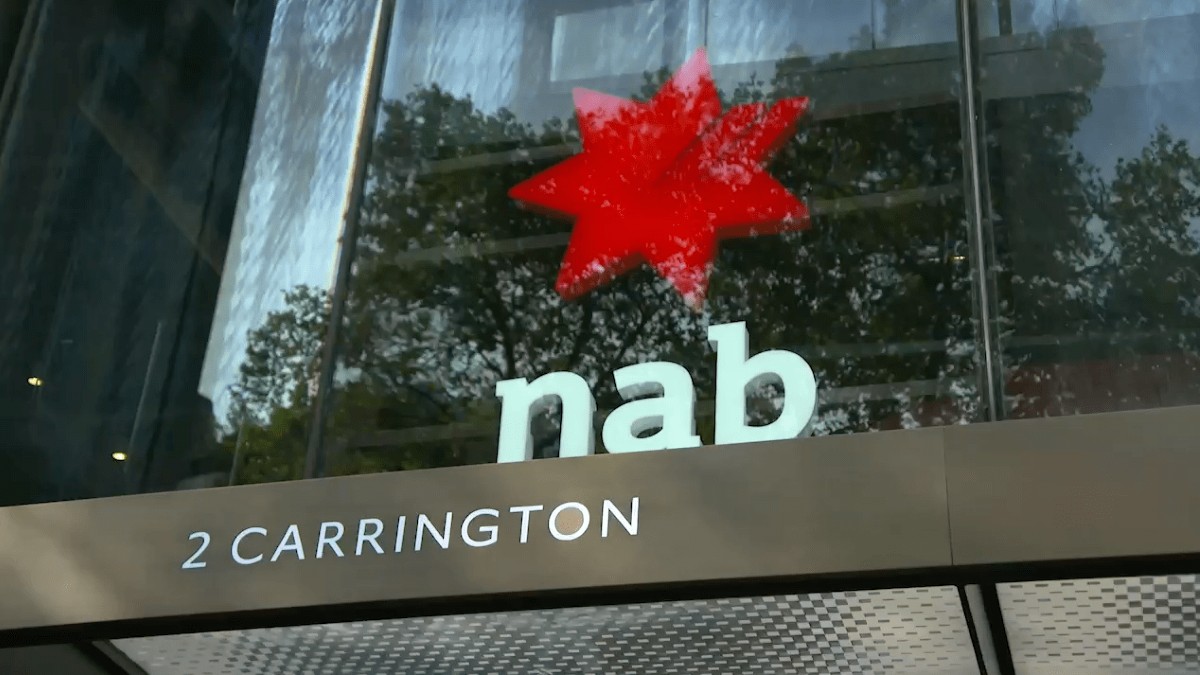According to a new study by ME Bank, the biggest barriers in the way of Australians reaching their 2020 financial goals are 'adequate incomes' and 'expenses'.
The study of 1,000 Aussies found that over half (52%) of those surveyed said their income - or lack of - was the key barrier to achieving their 2020 financial goals, followed closely by cost of living expenses (48%).
Other barriers to achieving financial goals included a lack of discipline (21%), lack of financial knowledge (13%) and a bad attitude (5%).
ME Money Expert Matthew Read said that without appropriate wage growth, Australians would struggle to meet their 2020 financial targets.
“When incomes don’t rise in line with expenses, households find it more difficult to save, putting their financial goals under pressure,” Mr Read said.
Overall the study found only a quarter of respondents said they were 'very likely' to achieve their goals, indicating a general lack of confidence in the ability of households to achieve their financial goals.
Despite this, survey respondents maintained lofty ambitions for the new year.
The most popular financial goals for 2020 were:
- saving for a holiday, car or expense other than a home (43%),
- building up 'rainy day' savings (42%),
- saving enough to buy a property (21%),
- reviewing water, gas and electricity contracts to ensure value for money (20%), and
- not building up any more debt (19.5%).
Low wage growth here to stay
According to the most recent Australian Bureau of Statistics (ABS) figures, wage growth rose 2.2% for the year up to September 2019.
These less than impressive figures are "the new normal" according to Reserve Bank of Australia (RBA) Deputy Governor Guy Debelle.
In an address at the end of November, Dr Debelle said the RBA expects the period of low wage growth to be more prolonged than in previous years.
“The more wages growth is entrenched in the 2s, the more likely it is that a sustained period of labour market tightness will be necessary to move away from that,” Dr Debelle said.
“At the same time, I don’t think there is much risk in the period ahead that aggregate wages growth will move any lower."
Despite flat wages growth, ABS statistics recently revealed that household net saving increased from -$3.3 billion to $10.7 billion in the September quarter.
The $13.9 billion increase was driven mainly by an increase in gross disposable income, which came as a result of increases in dividends and a decrease in tax payable.



 Denise Raward
Denise Raward
 Harry O'Sullivan
Harry O'Sullivan


 Emma Duffy
Emma Duffy
